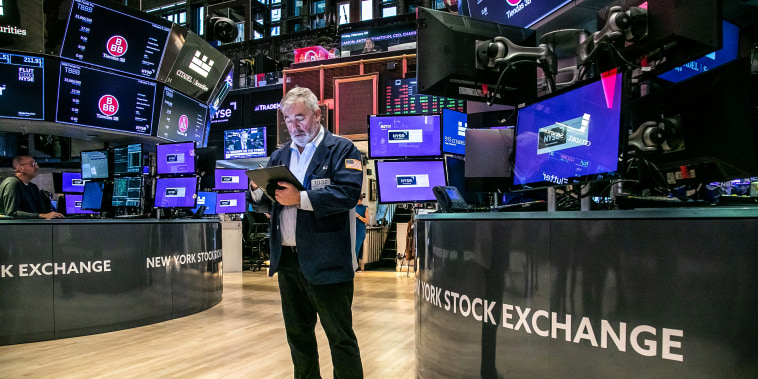The S&P 500, a benchmark index validating the performance of the US stock market, has once again demonstrated its resilience and adaptability as it closed above the 5,000 mark for the first time in history, maintaining momentum by notching its fifth consecutive winning week.
The journey to this historic feat has been driven by a confluence of key economic elements. One primary driver has been the increasingly optimistic business landscape, where companies continue to push forward despite the ongoing challenges spurred by the global pandemic.
Corporate earnings continue to exhibit their strength, surpassing expectations for the most part. Benefiting from a swath of consumer-centric optimism, tech and consumer discretionary sectors led the rewarding rally, reflecting an upward trend in both consumer spending and demand for technology-related amenities amidst social distancing protocols.
Additionally, the Federal Reserve’s dovish stance contributes to the achievement as it continues to instill confidence in investors. The Central bank’s vow to maintain low interest rates and its quantitative easing program seem to provide investors with the assurance they need to keep funneling money into stocks, fueling the index’s consistent ascent.
Another enhancing factor is the recovery of the employment landscape. The solid jobs report released recently indicated growth in the labor market, always a reliable underpinning element for the stock market. The reduction in unemployment figures has aided in motivating consumer spending, a major factor for economic growth and, by extension, stock market growth.
Bolstering these economic cues are the fiscal stimulus measures. The government’s dedication to bolstering the economy by providing financial support to individuals and businesses impacted by the pandemic has assisted in keeping the economic engine running. This vital cash flow has been instrumental in driving the consumption levels, as well as bolstering the corporate bottom lines.
Moreover, the widespread distribution of COVID-19 vaccines added a layer of buoyancy to the market. With increased vaccinations, economic recovery seems close at sight, giving an additional push to investor confidence.
Despite this significant accomplishment, the path to the 5,000-mark hasn’t been without challenges. Aside from the burning COVID-19 crisis, inflation concerns have been swirling, threatening to gnaw at corporate profit margins. However, the adaptation of businesses to the changing economic dynamics and their knack for emerging stronger in the face of adversity have been crucial in overcoming these hurdles.
Looking ahead, market analysts are cautiously optimistic about the sustainability of the bull market. Factors that could potentially contribute to its continuity include ongoing vaccine rollout, further easing of pandemic restrictions, and most importantly, the






























